Ansible is the most widely used configuration management tool. A recent challenge was to authenticate the servers using a protected passphrase. We have a set of servers which can be authenticated only using a passphrase. This article will provide a step by step procedure to authenticate ansible clients using a private key and protected passphrase. Jenkins can be used as a front end GUI portal to call the Ansible playbook. Jenkins does more than what AWX/Ansible Tower does.
Environment:
- Ansible – ansible 2.7.10
- Jenkins – Jenkins 2.138.3
Challenge:
When you run the playbook against the host which are using a protected passphrase, it will prompt for the protected key.
[linadm@ansible-server ~]$ ansible-playbook -i temp test.yml PLAY [192.168.3.151] ********************************************************************************* TASK [Gathering Facts] ******************************************************************************************************* Enter passphrase for key '/home/linadm/.ssh/id_rsa':
Once you have entered the protected key, it will connect to the host and run the required tasks. How to call this playbook in Jenkins? Jenkins job won’t be prompted to enter the protected key. How to overcome this issue?
If you are new to Ansible + Jenkins combo, please go through this article.
1. Login to Jenkins portal.
2. Configure the job and navigate to the build tab. In invoking Ansible plugin, click to add credentials.
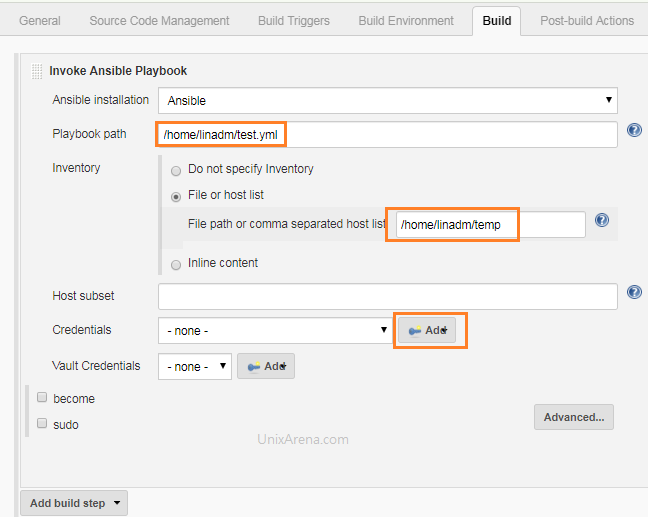
3. In the Jenkins credentials provider, select kind as ” SSH username with private key”
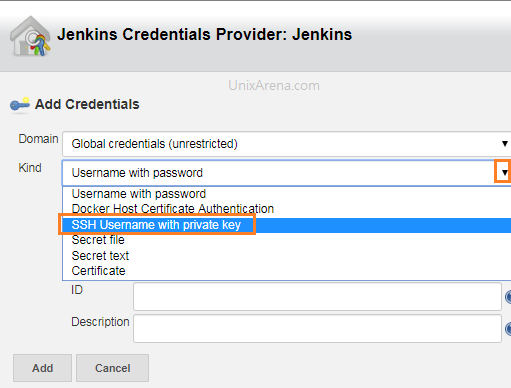
4. Enter a user name, the private key of the ansible host and protected the key value and save it.
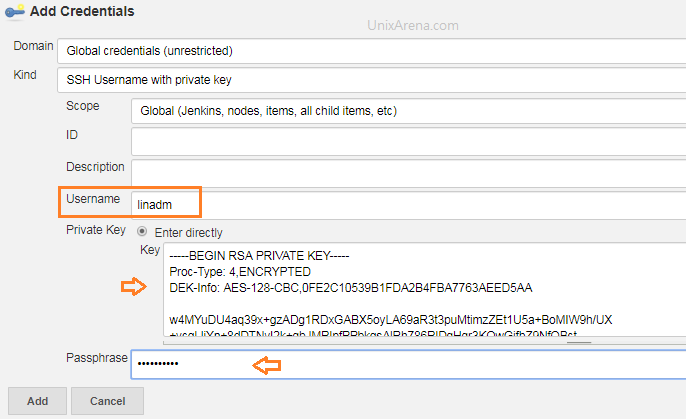
5. Select the newly created credentials in Jenkins job which is actually calling the ansible playbook.
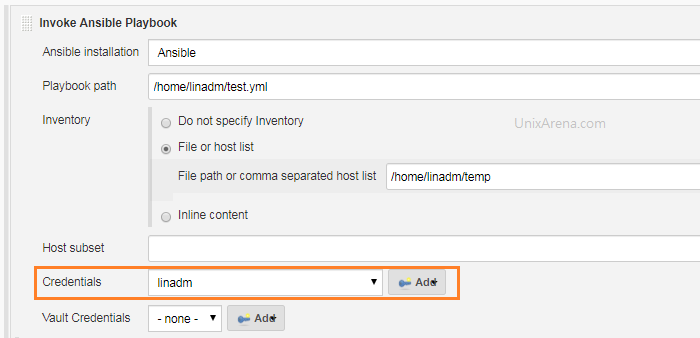
6. Build the job and check the ansible playbook results. Here, we can see the complete ansible command with private key switch.
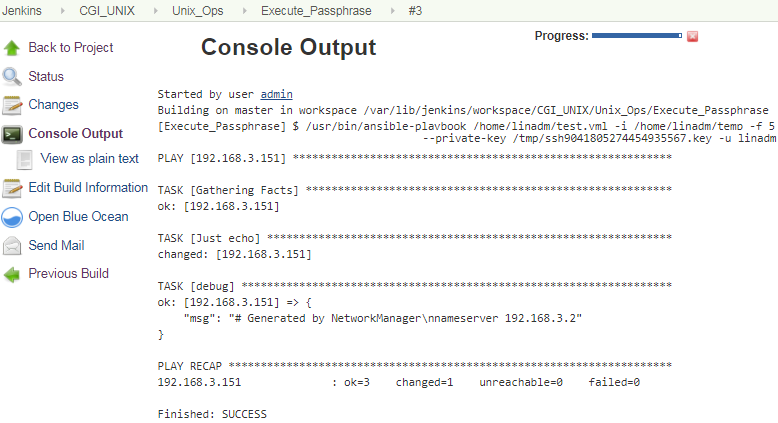
We have successfully used the protected passphrase for invoking ansible playbook using Jenkins. There is another workaround documented in StackOverflow using ssh agent.
Hope this article is informative to you.
Leave a Reply